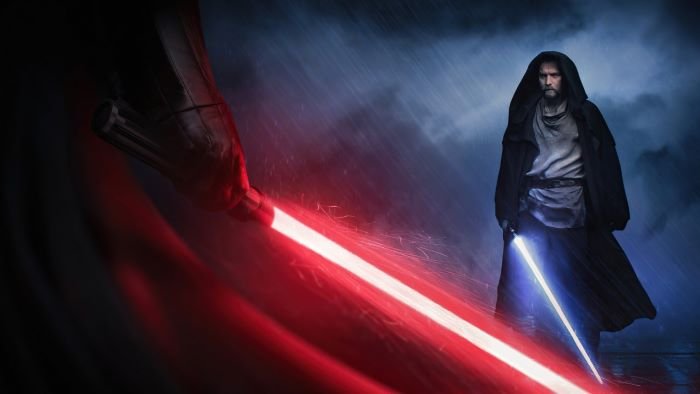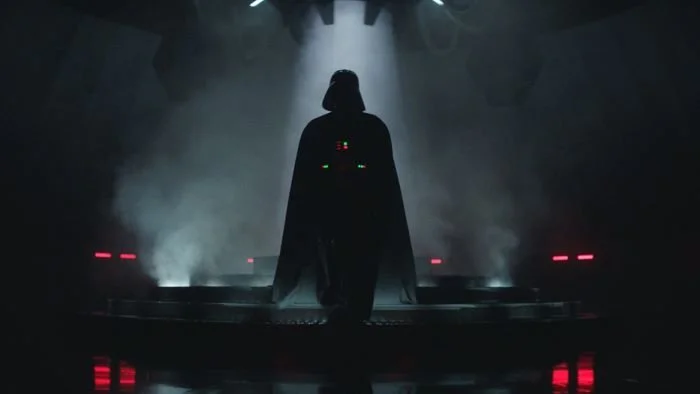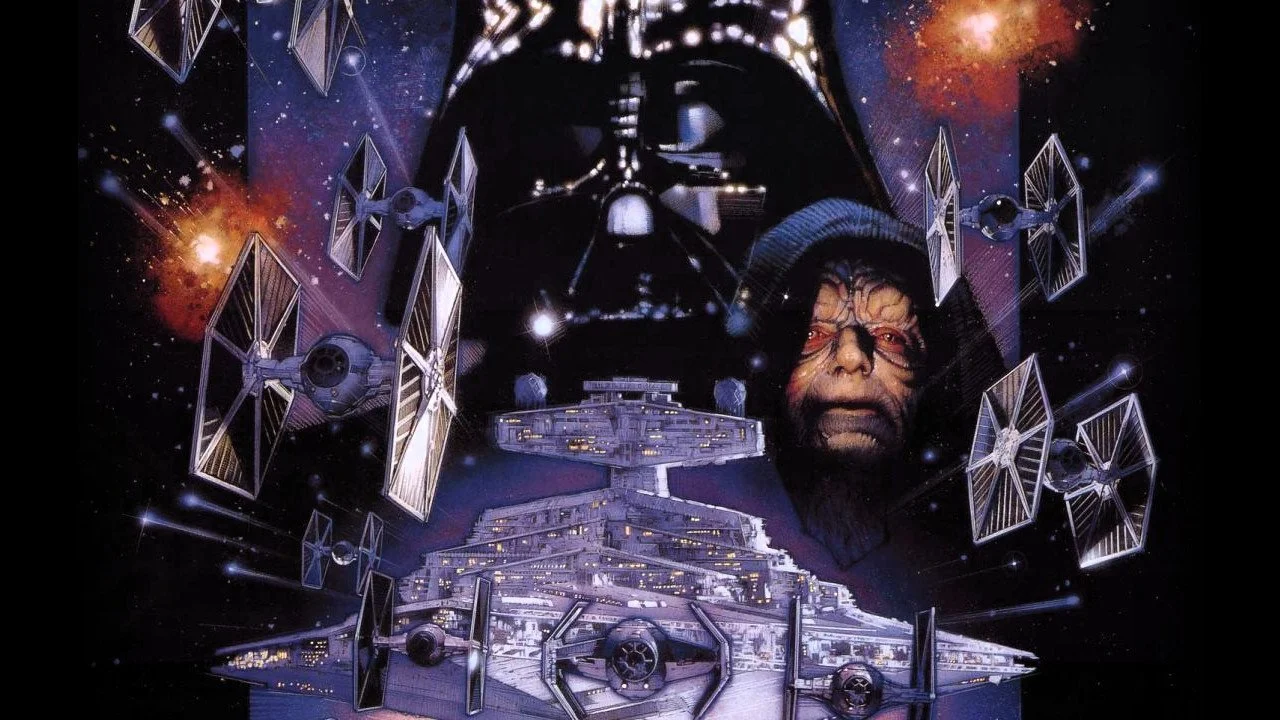The Criticisms Of 'Obi-Wan Kenobi' Are The Result Of Binge Culture
Fans were ecstatic when Ewan McGregor confirmed he was returning to the Star Wars universe to play Obi-Wan Kenobi. His return was decades in the making, and his performance helped Disney deliver an emotionally powerful series that built on each trilogy without de-canonizing any previous material. When the show premiered, the fandom was split (shocker). Some proclaimed it to be the best content to come out since The Mandalorian and others gave an immediate laundry list of complaints. However, after the series had concluded, it was clear most of the complaints were caused by this generation‘s impatience and obsession with binge culture.
Netflix changed the game with its streaming model. Binge culture quickly became the norm and companies like Hulu, Prime, and Apple TV were all quick to follow. They all premiered original content (with full seasons at the ready) that fans were ready to eat up in days rather than months. Long winters, general boredom, and events like the COVID-19 pandemic helped to bolster the format for years. When Disney decided to (officially) enter the streaming games in 2019, it made immediate waves. They had some technical problems but had no issue with content. The biggest gamble Disney+ took was the implementation of the week-to-week release schedule. When they premiered their crown jewel, The Mandalorian, they rejected the full season dump for a more traditional approach. They kept that same system for their Marvel Cinematic Universe shows (Loki and Wandavision) and found most fans (as well as content creators) enjoyed the weekly drop. While there is no harm with binging, it presents an unrealistic expectation that hurt shows that do not follow the same model.
RELATED:
Obi-Wan Kenobi took place ten years before the Battle of Yavin, where he has been hiding on Tatooine, keeping a close eye on the son of his former apprentice, Anakin Skywalker. He was pulled back into action after Luke’s sister is kidnapped and Bail Organa begs Obi-Wan for help. Obi-Wan reluctantly agreed and jumped back into the Jedi role he had abandoned for years. He rescued Leia but exposed himself to the Empire, an obsessed Inquisitor, and most importantly, Vader. The show ended with a dramatic lightsaber fight between Vader and his former master and Obi-Wan bringing a fallen padawan (Reva) back towards the light. Obi-Wan Kenobi may have been brief, but it did what it set out to do.
Fans (especially internet fans) will always have ridiculous expectations. Many didn’t know what to expect from The series, but after the first couple of episodes, a story featuring a young Princess Leia and a POC troubled Inquisitor caused an uproar on the internet. Sadly, some of those who complained were racist or sexist. Others wanted a more centric Vader/Kenobi series. A few wanted a return of Qui-Gon Jinn, and some just wanted scenes from The Clone Wars or Rebels made into live-action. Ironically enough, by the end of the show, most of those complaints were satisfied. Famous creators complained one week they were wasting Hayden Christensen and “why even bring him back” if he would just be in a Vader suit. A week later, they were proclaiming that The Clone Wars flashback but it should have been another memory instead. Some even complained, “No, man, I’m not happy it has to be perfect,” setting an impossible (and childlike) bar that nothing could reach.
Disney changed the game so much that even successful shows like Stranger Things abandoned the full season dump and released their latest season in two parts. The binge culture will always have its advantages. It allows people who are late to the game to catch up and also helps waning shows like Manifest have a second life when it struggles on network television. However, in the case of Obi-Wan Kenobi, releasing it all at once would have satisfied most of the complaints but ruined the experience of seeing the story unfolds.
READ NEXT:
Source(s): JSTOR, TechCrunch+





